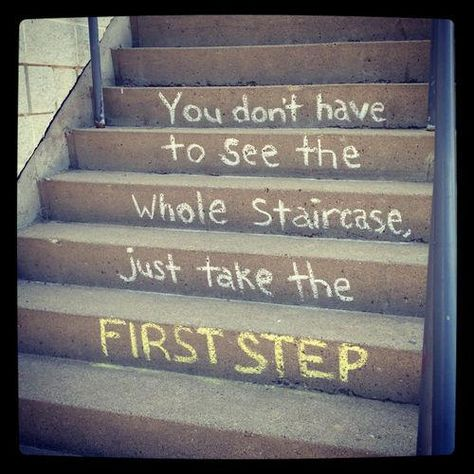THE TWELVE STEP MIND-SET
The Twelve Steps. These
words may represent many different things to many different people. For some,
they may symbolize a set of actionable items for recovery from addiction. For
others, they may represent a spiritual journey or a moral guide for living a
fulfilling life. No matter what the context, the twelve steps hold a powerful
significance in our world.
For me, the twelve steps represent a path to transformation and
self-improvement. They are a roadmap for overcoming obstacles, healing wounds,
and reaching new levels of personal growth. Each step is a building block in
the construction of a stronger, healthier, and more resilient version of
myself.
Step one: admitting powerlessness. This is the starting point, the
acknowledgment that we cannot control everything in our lives. It's the
humbling realization that our will alone is not enough to conquer all of life's
challenges. It's a declaration of vulnerability and a willingness to seek help.
Step two: believing in a higher power. This is a deeply spiritual step for
many, but it can also be seen as a recognition of the forces beyond our
control. It's about finding faith in something greater than ourselves, whether
that be a higher being, the universe, or the inherent goodness of humanity.
Step three: turning our will and our lives over to the care of a higher power.
This is an act of surrender, letting go of our need to control every outcome
and trusting in the guidance of a higher force. It's the ultimate act of faith
and an acknowledgement that we cannot do it alone.
Step four: taking a fearless moral inventory. This step requires a deep and
honest examination of our strengths and weaknesses, our past actions and their
consequences. It's a brave confrontation of our own flaws and shortcomings,
paving the way for growth and self-improvement.
Step five: admitting to a higher power, to ourselves, and to another human
being the exact nature of our wrongs. This step is about accountability and
transparency. It's about owning up to our mistakes and seeking forgiveness,
both from ourselves and from those we may have wronged.
Step six: being entirely ready to have a higher power remove all these defects
of character. This step requires a willingness to let go of our negative traits
and behaviors, and to work towards becoming the best version of ourselves.
Step seven: humbly asking a higher power to remove our shortcomings. This step
is about seeking help in our journey towards self-improvement, and
acknowledging that we cannot overcome our flaws on our own.
Step eight: making a list of all persons we have harmed, and becoming willing
to make amends to them all. This step is about taking responsibility for our
actions and making a commitment to make things right with others.
Step nine: making direct amends to such people wherever possible, except when
to do so would injure them or others. This step requires courage and humility.
It's about making things right with those we have wronged, and seeking
forgiveness for our past actions.
Step ten: continuing to take personal inventory and when we are wrong promptly
admitting it. This step is about ongoing self-reflection and self-awareness.
It's about staying accountable and making amends as needed, without delay.
Step eleven: seeking through prayer and meditation to improve our conscious
contact with a higher power, praying only for knowledge of their will for us
and the power to carry that out. This step is about fostering a deeper
spirituality and connection to the world around us. It's about seeking guidance
and strength from a higher power, and finding peace and clarity through
introspection.
Step twelve: having had a spiritual awakening as the result of these steps, we
try to carry this message to others and to practice these principles in all our
affairs. This step is about spreading the message of hope and recovery to
others, and living a life guided by the principles of growth, compassion, and
empathy.
The twelve steps are not just a set of actions, but a mindset and a way of
life. They teach us to seek help when we need it, to take responsibility for
our actions, and to continuously strive for self-improvement. They offer a path
towards healing, growth, and personal transformation. Embracing the twelve
steps means embracing the potential for positive change in our lives, and
committing to becoming the best versions of ourselves. It's a powerful journey,
and one that I am committed to traveling each and every day.




Comments
Post a Comment